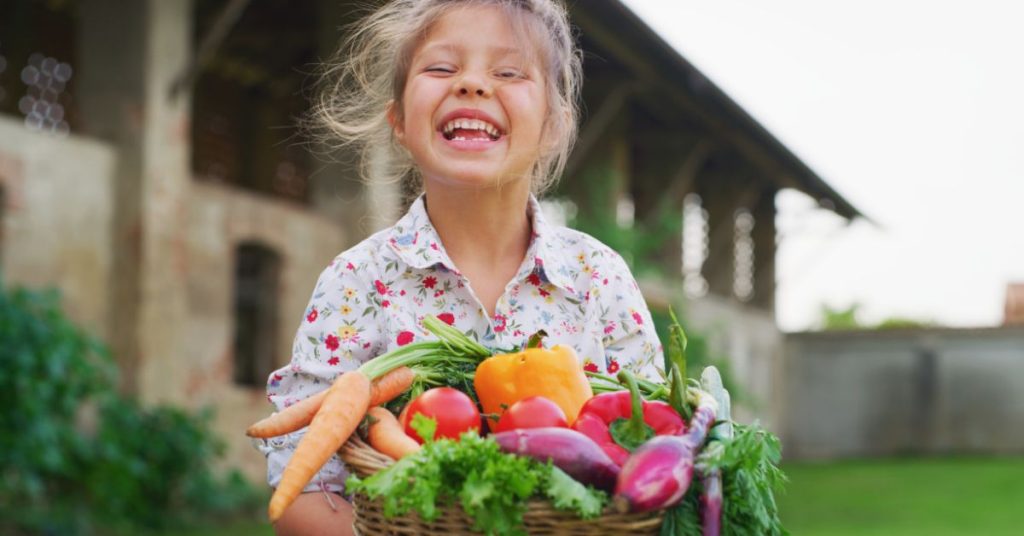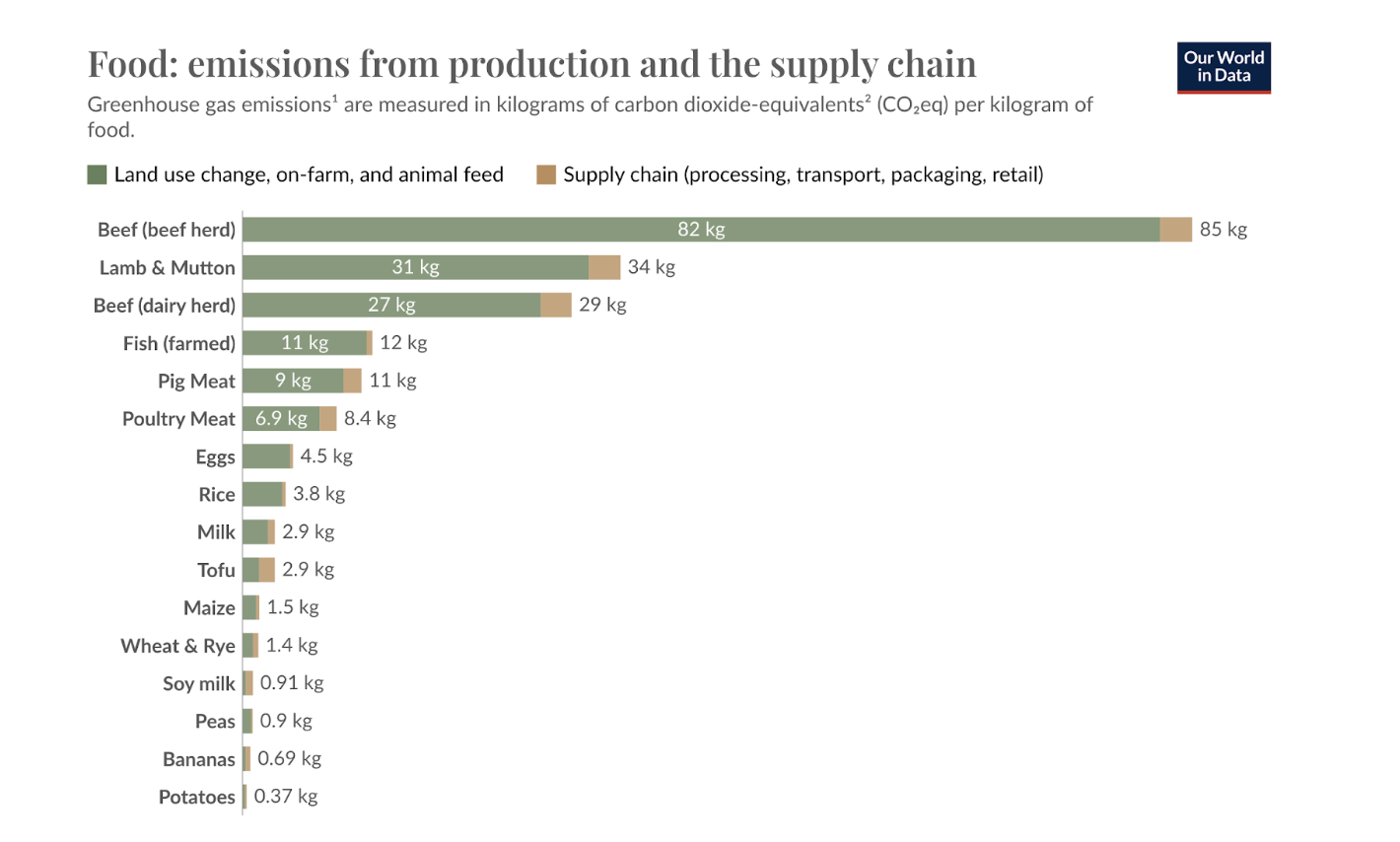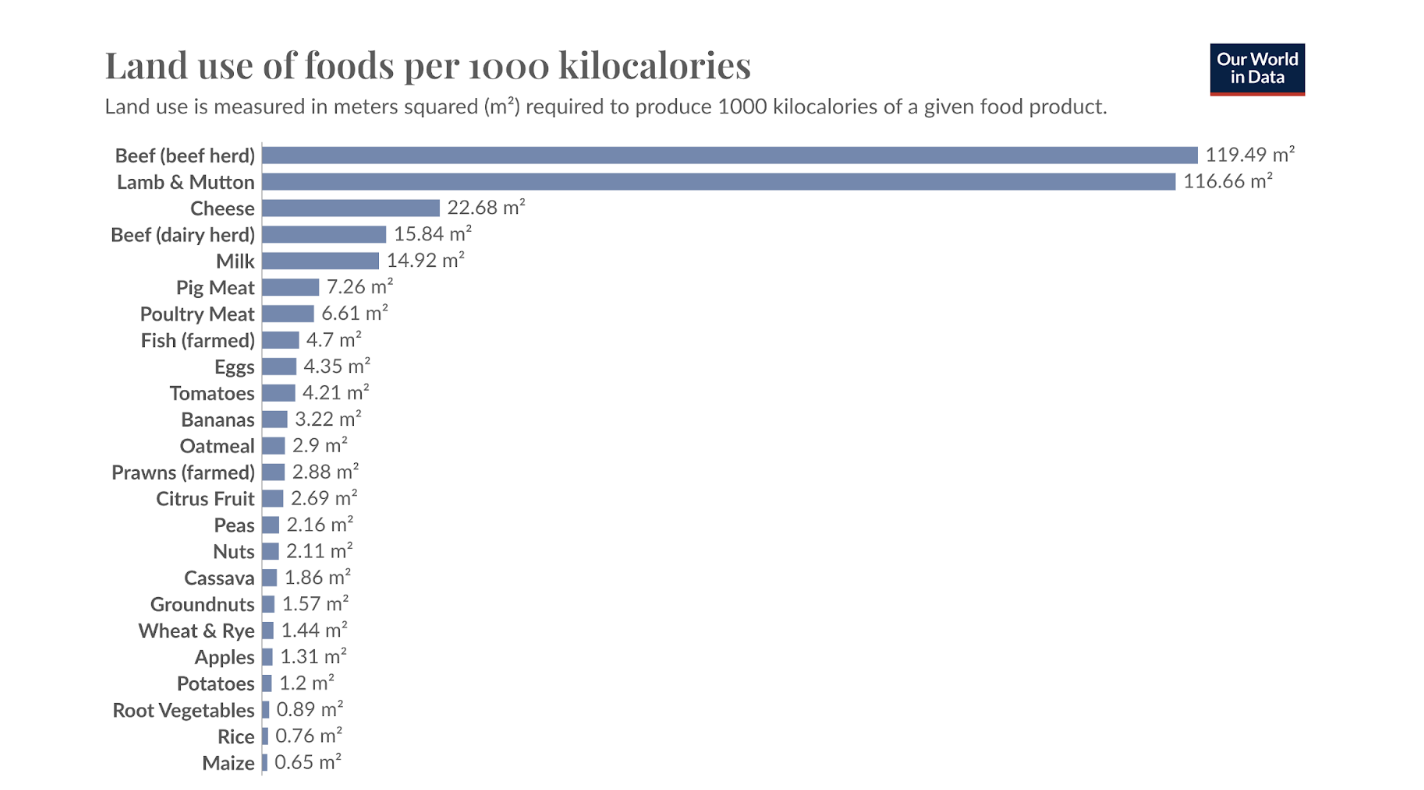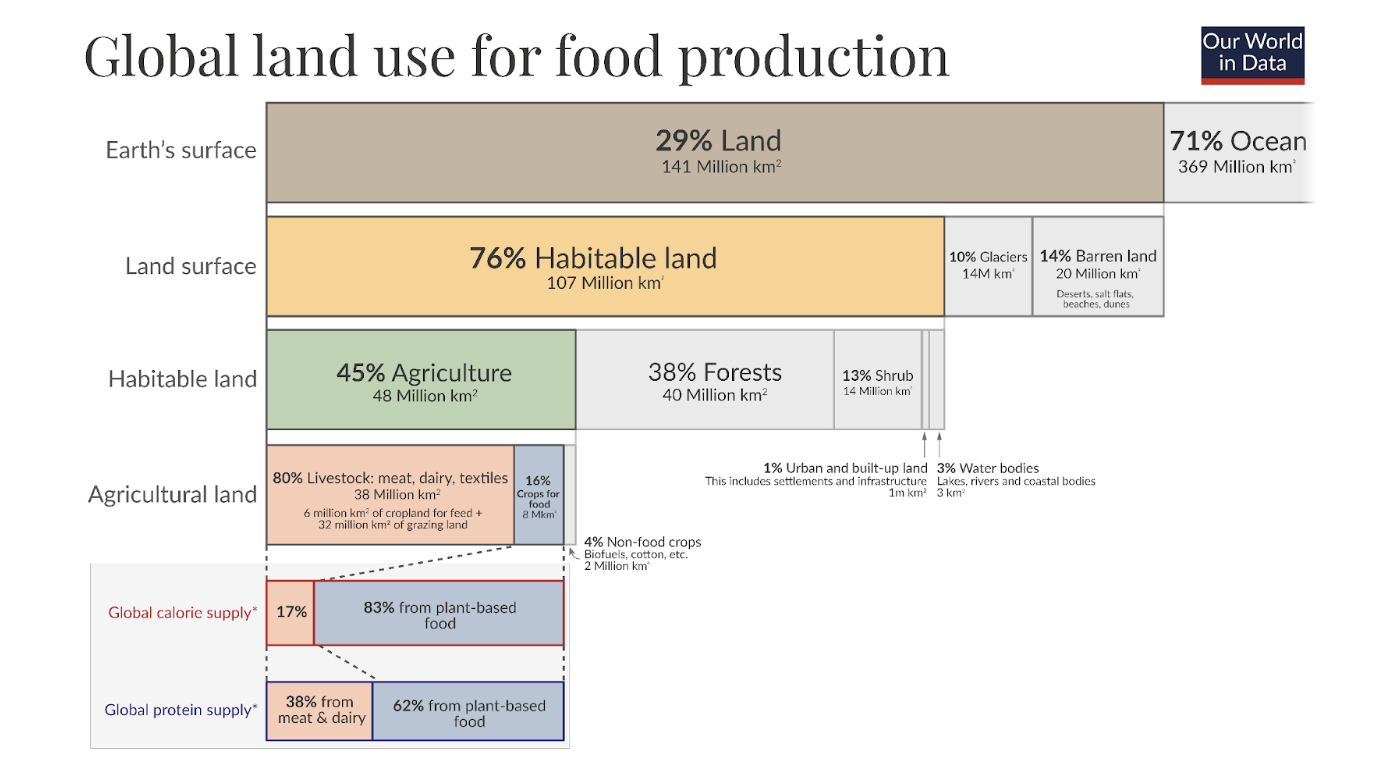

There are about 74 million children in the US. [1] They are our most vulnerable population. Regardless of their socioeconomic status, race, ethnicity, zip code, language, or country of origin, children are always at the mercy of the people and the environment around them.
According to a large body of research, we fail to give our children the food that best supports their growth and development. A peer-reviewed study published in the Journal of the American Medical Association found that about 67 percent of calories consumed by children and adolescents in 2018 came from ultra-processed foods, a six-percent increase since 1999. [2] The researchers analyzed the diets of 33,795 youths aged 2–19 across the US. They note the “overall poorer nutrient profile” of ultra-processed foods, but I hardly need to tell you about that. Ultra-processed foods are almost universally recognized as unhealthy. Their consumption is associated with an increased risk of numerous chronic diseases. [3] And their prevalence in the food supply, along with the high consumption of animal products, is what makes these diseases commonplace. They are at the root of what is now called multimorbidity.
It’s bad enough that the national habit of flooding our children with “convenience” food and animal products, combined with very few whole plant-based options, undermines the health of our children. What’s worse is that this is also killing the planet, something our children will have to cope with after we are gone. The intersection of these challenges has been ignored too often throughout the past several decades, to the world’s detriment. Consider the environmental impact of our food choices:

Data source: Joseph Poore and Thomas Nemecek (2018); visualization by OurWorldinData.org [5]CC BY

Data source: Joseph Poore and Thomas Nemecek (2018); visualization and additional calculations by OurWorldinData.org [5] CC BY

Data source: UN Food and Agriculture Organization (FAO) and Poore and Nemecek (2018); visualization by OurWorldinData.org [6]CC BY
Children are our most precious assets. Healthy children grow up healthy adults who can support and regenerate the environment. Given that nutrition is our most powerful tool for improving children’s health, prioritizing children’s nutrition is not optional but necessary. We have just about run out of time. We must disrupt the standard American diet that has become so ingrained over the last 50–100 years.
Copyright 2025 Center for Nutrition Studies. All rights reserved.